Herbal Learning
Test your Herbal Savvy! | Name That Herb! – Episode Two
Hi friends! Today we are releasing another episode of our new YouTube series Name That Herb!
Here’s how it works: I’ll give you a series of clues about a specific medicinal plant, and your challenge is to guess which herb I’m describing. For this episode, I’ve chosen a medicinal powerhouse that doesn’t get enough credit in the modern world of herbalism, but it is still an oldy and agoody! Can you Name That Herb? Here are your clues:
Clue 1: Traditional Medicine
The oldest known medical document, originating from Egypt around 1500 BC, is known as the Ebers papyrus. Within this ancient manuscript, references to the medicinal properties of our mystery herb can be found–so we know this herb has been cherished and used in herbal medicine since antiquity! Among its historical uses, the Ancient Egyptians utilized it in treating tapeworm infections. In fact, baskets of the dried berries of this plant have been discovered within Egyptian tombs, so it certainly was considered valuable to them.
Ancient Romans and Greeks used this plant to address digestive issues. They believed it could enhance physical strength and stamina, leading athletes to incorporate it into their nutrition regimens while training for the Olympic Games.
This herb was commonly used in Native American medicine and continues to be used to this day. Additionally, it held significant medicinal importance in Canada, Europe, and Northern Asia, particularly in cold regions.
Clue 2: Habitat
Today’s herb is an evergreen conifer with the largest geographical distribution of any woody plant. It grows abundantly throughout the cold and temperate regions of the Northern Hemisphere.
Clue 3: Medicinal Properties
Today’s mystery herb produces seed cones resembling berries, which are the medicinal part of the plant. These “berries” possess a sour, piney flavor.
Rich in nutrients, this herb contains essential minerals such as potassium, magnesium, and calcium, while also serving as a valuable source of vitamin C. Vitamin C plays a very important role in supporting vascular health and bolstering immunity. This herb also boasts potent antioxidant and anti-inflammatory properties, contributing to overall wellness.
This herb exhibits properties that may assist in managing diabetes by potentially lowering blood sugar levels. It has also been found to have a positive effect on cholesterol levels, increasing HDL (good cholesterol) and decreasing LDL (bad cholesterol), which can contribute to improved cardiovascular health.
Clue 4: Religious Symbolism
The herb we’re discussing today is mentioned in a story from the Bible. In the bible, the evil queen Jezebel tried to hunt down and kill the prophet, Elijah. Exhausted and disheartened, Elijah sought refuge under this tree, where he prayed for death to come. It was then that an angel appeared to him, offering sustenance and encouragement to continue his ministry. This tree played a pivotal role in Elijah’s life, providing him with shade and shelter during a moment of great trial. Consequently, for early Christians, this plant symbolized refuge, sanctuary, and divine intervention.
Clue 5: Trivia
This plant is often seen as an ornamental shrub in parks and gardens.
Native American tribes valued the strength and flexibility of its wood, often using it to craft hunting bows.
The plant’s essential oils and extracts are widely utilized to add fragrance to cosmetics and soaps.
While not as common in American cuisine, the berries of this plant are popular as a culinary spice in European, especially Scandinavian, cuisines.
In the 17th century, a Dutch physician and herbalist named Franciscus Sylvius combined the “berries” of this plant with alcohol to create a remedy for heartburn and digestive disorders. This blend eventually evolved into what we now know as gin. To this day, the “berries” of this plant remain the primary flavor profile of this beverage. *Disclaimer: The HomeGrown Herbalist School of Botanical Medicine does NOT approve the use of gin for digestive complaints! 🙂*
That was your last clue! Do you have an idea of which plant we are talking about today?
Watch the video for the big reveal!
Let me know in the comments which clue gave it away for you and share with us how you are using this herb! I love hearing stories from folks about their herbal experiences!
Thanks for playing along today, and if you really want to get your game on, consider joining The Homegrown Herbalist School of Botanical Medicine. In the school, we dive so much deeper into the many uses and applications of herb–in fact, we just added a full-length monograph to the school!
Thanks for playing, and stay tuned for more episodes!
-Jenni-Leigh Rose (Instructor, HomeGrown Herbalist School of Botanical Medicine)
-
Resilient Roots: Homegrown Herbalist’s Survival Conference July 26th -27thFrom: Original price was: $599.00.$399.00Current price is: $399.00.
-
The HomeGrown Herbalist Book$24.99
-
The HomeGrown Herbalist Guide to Medicinal Weeds$24.99
-
The HomeGrown Herbalist School of Botanical Medicine$1,449.00



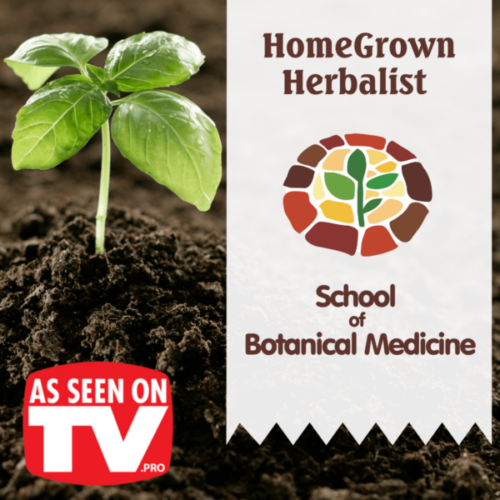
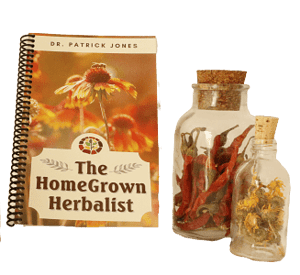

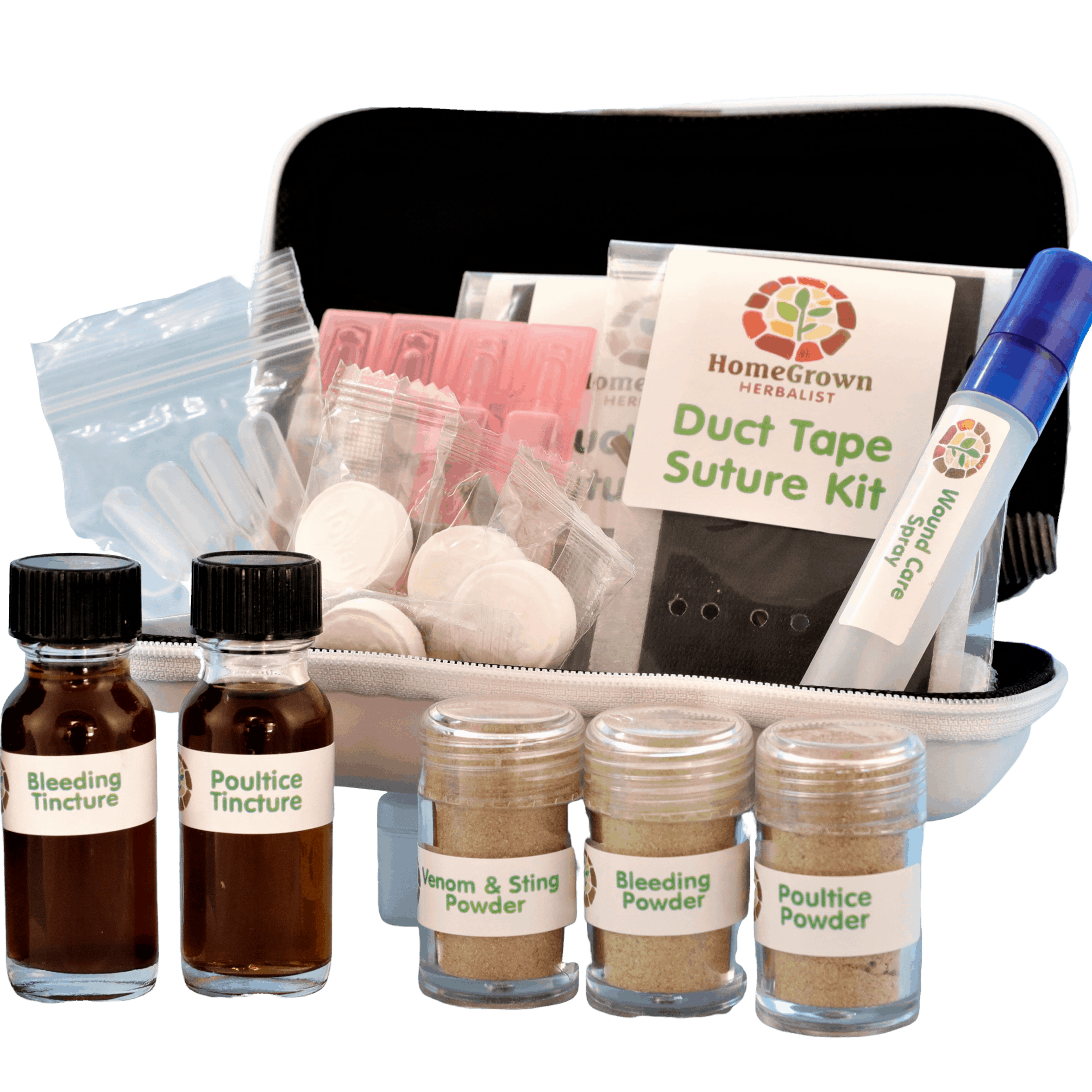
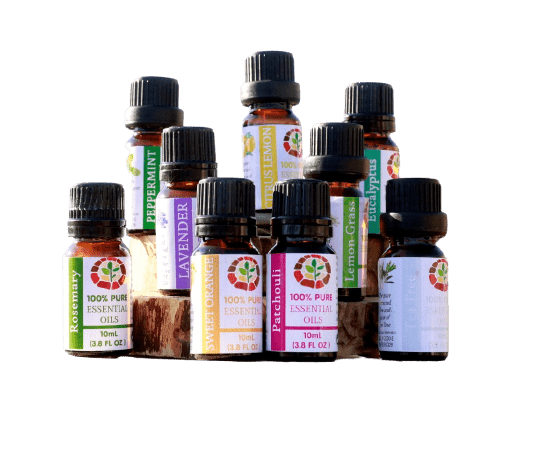
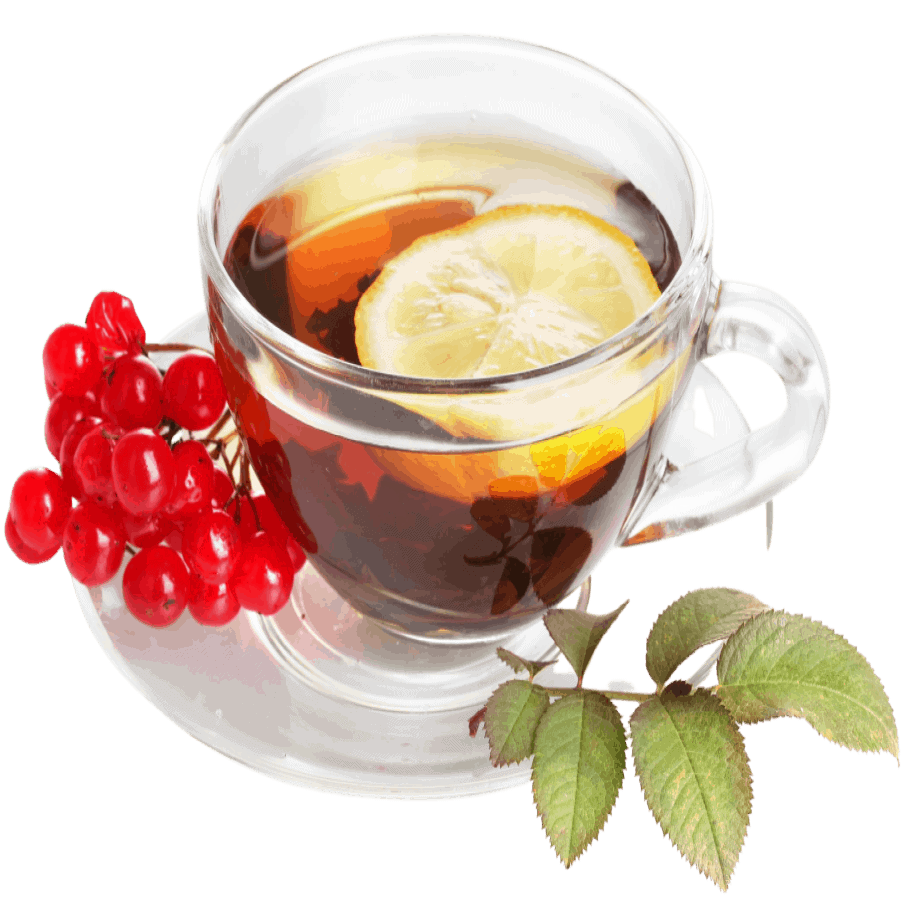
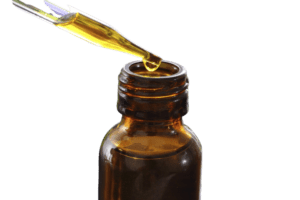
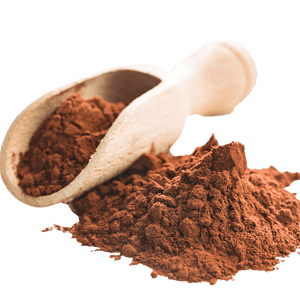
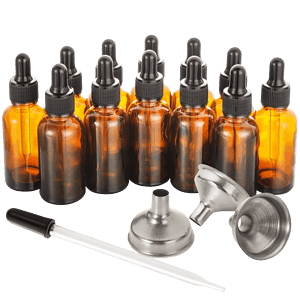

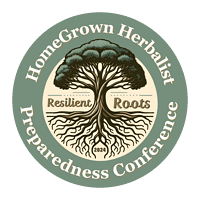
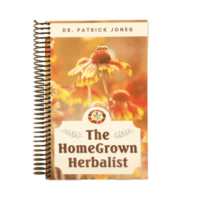

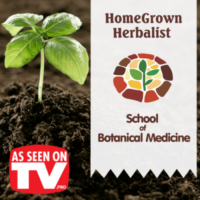
Yucca
Juniper?
Juniper berries
Hi Jenni! This is a wonderful game. I hope you continue! I guessed the answer to the first episode but not this one. 🙁 The clues were great as well as educational. Perhaps I will do better with Episode #3!
I knew when you said “berries”.
Juniper
Juniper
Juniper – Elijah lay under the juniper tree, pine/conifer.
The cat part was very funny!!!!
I am really liking this game. Would like you to continue. I guessed this one but not the first. I was thinking cedar until the biblical clue. Thanks for the challenge to my brain. K Reid
I’m sticking with Juniper.
Broom tree
I guessed juniper after the first and even more so after the second clue but the last clue had me doubting my guess as I didn’t know that about Juniper
Juniper, gin told me
Juniper berries
Juniper.
That was fun and educational, my first thought at the very beginning was fennel, but it soon became clear that it was Juniper. Thank you 🙏
I was thinking something in the pine family and when you mentioned berries, then I thought perhaps juniper. Its use in gin cinched it for me.
Juniper
Juniper
Love the games!
Juniper
Juniper or broom tree
Juniper
Juniper! I was right!! LOL 🙂
Juniper! Berries, wood used for bows, gin!!
I guessed it! Where it grows, and description gave it away. I do wildcraft these berries!
Thanks for the very informative, but fun guessing game! I guessed broom bush wrongly based on the Elijah clue. Later I realized that I was wrong due to the other clues. Keep up the great historical and interesting herbal Information. I’m learning a lot!
Pine needle
The clue that had my mind churning was that baskets were made out of the berries of the plant. I am a basket-maker and got stuck on figuring out how baskets could be made out of berries. It wasn’t until I read the print that I realized the berries were IN the baskets in the tombs, not that there were baskets made of the berries. 🙂